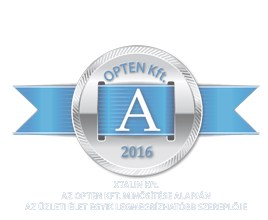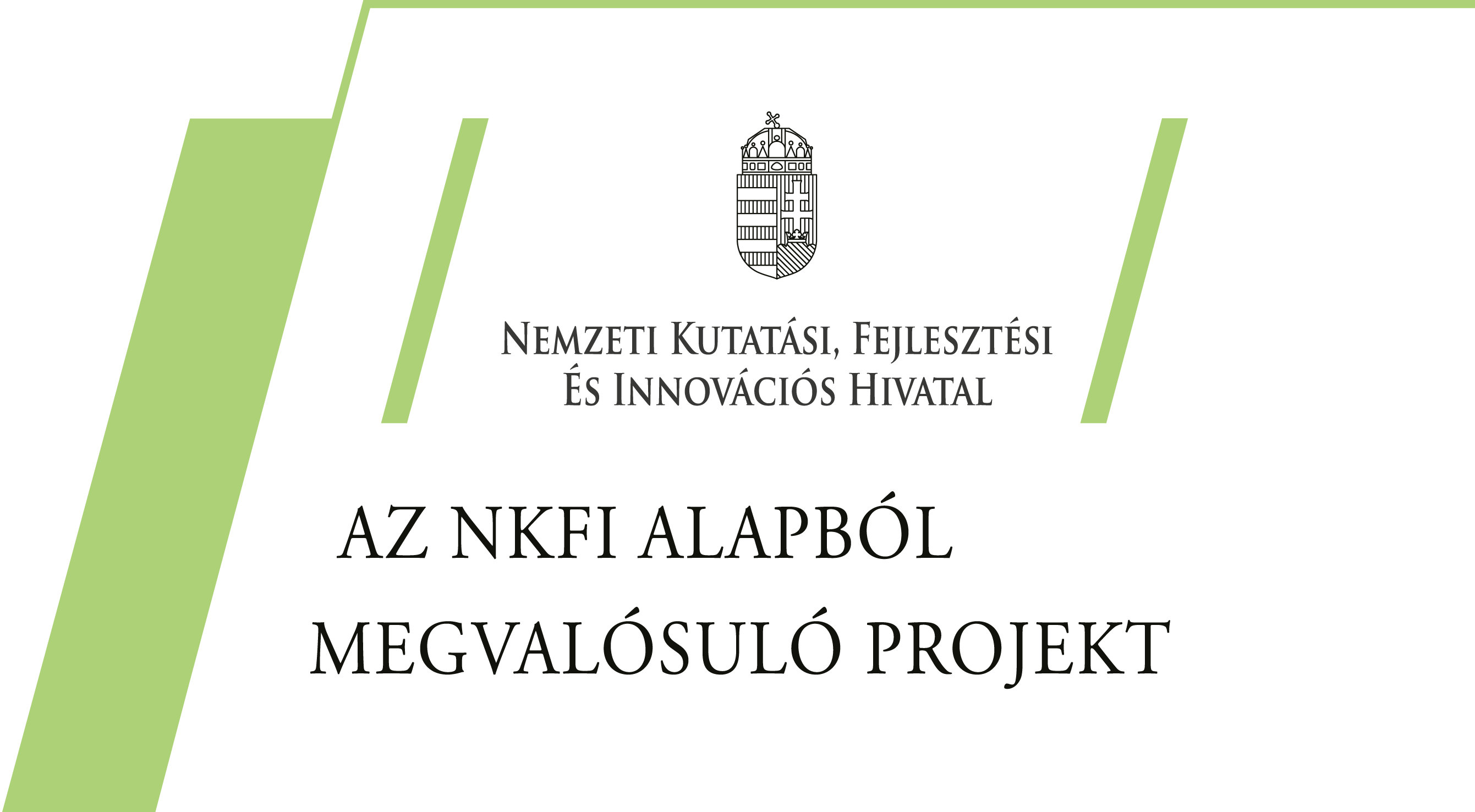AquaShield - Smart Greenhouse Control
AquaShield Control is a Budapest-based agri-tech company that focuses on smart greenhouse monitoring and control. Xtalin has long history with AquaShield and its original founder as we have started working on the device 5 years ago and the latest version is the third iteration of the original idea. The challenge was to create a device that is flexible enough to host different types of sensors for water quality and environment monitoring and also be able to control any active component (e.g. valves, pumps, grow-lights) based on the sensors’ parameters. Also, AquaShield has to be able to host a mini-computer (a Raspberry Pi 4), for running the AquaShield Connect, which is the operating system of the device, so all hardware components had to be able to communicate flawlessly with the Raspberry Pi.
Keeping in mind all the above, we have created a flexible and smart design, resulting in cutting-edge technology in the smart greenhouse sector.
AquaShield has a modular design, so customers will only have to pay for the parts, they really need. There are 3 main modules: Control module, Sensor Module #1 and Sensor Module #2. We have 4 sub-modules, that can be installed to the Sensor Module #1 and 1 sub-module that can be connected to Sensor Module #2. Click on the images below to learn more about each module and its sub-modules.
The Control module is the brain of the whole system. The Control module is attached to a Raspberry Pi 4 that runs the AquaShield Connect, which is the “operating system” for your greenhouse.
AquaShield Connect is in charge for:
- Providing local or remote monitoring and control through the AquaShield web app
- Sending out notifications and alerts through email
- Running all preset workflows and timing all triggers for controlling the active components (e.g. pumps, valves, grow-lights, fans, filters etc.)
- Providing a dashboard that displays all the necessary information
- Storing all captured data (and uploading to the AquaShield cloud)
If you are not familiar with how a Raspberry Pi works, here is a quick summary: The Raspberry Pi is a small computer that runs its own software (in our case it is a Linux based operating system). The Raspberry Pi has several connection points for communication, and we designed the AquaShield Control module to fit the Raspberry Pi perfectly. Also, the Raspberry Pi does not have a traditional hard drive, but instead it has an SD card. Your AquaShield will come with a pre-installed AquaShield Connect (on the SD card) and the operating system is capable of self-upgrade, so you will only have to switch it on.
The sub-modules for Sensor Module #1 are pH, EC (Electrical Conductivity), ORP (Oxidation, Reduction Potential) and DO (Dissolved Oxygen). You will have 4 slots for 4 sub-modules, but you don’t have to use all of them, if you need less sensor probes (e.g. in hydroponics you won’t need dissolved Oxygen or ORP, so you will have a pH and an EC sub-module and 2 empty slots on the Sensor Module #1).
All modules are interchangeable (except the Control module) so you can create any combination to fit your needs the best. E.g. we have a project where two hydroponic setups and one aquaponic setup should be monitored, so we created a setup with 1 Control module, 2 Sensor Module #1-s for the hydroponics and 1 Sensor Module #1 for the aquaponic setup. The modules for hydroponics only have pH and EC submodules added and only the one module for aquaponics has pH, EC, ORP and DO submodules.
The Sensor module #2 can monitor 4 digital temperature probes (DS18B20 type) and can be connected to the humidity / light intensity submodule. This submodule is equipped with a light sensor (that captures the light intensity in Lux) and a relative humidity sensor as well. We are using CAN-bus communication for these submodules, so you can bind them together and create a map of light intensity if needed.
All the system needs is a 12 V power supply and some relays to operate the grow lights, pumps, valves, etc.
AquaShield uses Atlas Scientific sensor probes as these are reliable and reasonably priced products that fit the needs.
You can find out more about the probes here:
So here’s the real deal:
- AquaShield Control Module with one water level switch (upper left corner)
- Sensor Module #1 with all 4 sub-modules inside, and Atlas Scientific probes connected to the module (middle)
- Sensor Module #2 with one temperature probe (lower right) and light intensity-humidity sub-module (top center)
- MEAN WELL 60W power supply (left)
- 2pcs of Finder 12V industrial relays (next to the Control Module)




















































